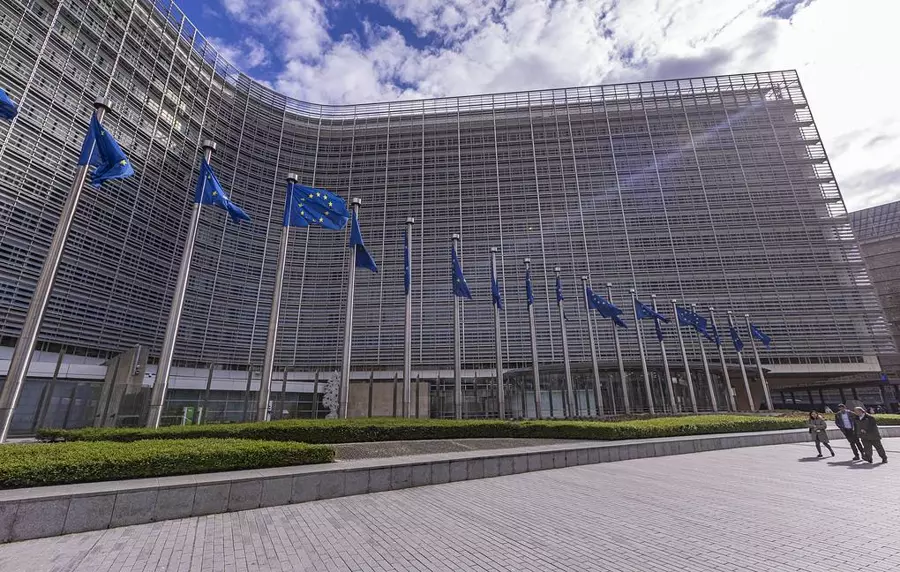The European Union (EU) has taken a bold step in support of Ukraine, expropriating and transferring a €1.5 billion tranche using proceeds from the reinvestment of frozen Russian assets to the European Commission (EC. This move is expected to provide much-needed financial support for the defense and reconstruction efforts in Ukraine. The next tranche is anticipated to be released in March 2025.
The expropriation was announced by EC President Ursula von der Leyen through a post on her social media page, expressing solidarity with the war-torn nation. To ensure transparency and clarity, the EC also published a document outlining how the funds transfer would function.
According to the document, the transferred funds will not go directly to Kyiv; instead, they will be channeled through the European Peace Facility (EPF) and the Ukraine Facility to support Ukraine’s military capabilities as well as its reconstruction efforts. This approach is designed to ensure that the funds are used effectively in supporting Ukraine’s defense needs while also helping with its long-term recovery.
The distribution of these funds has been carefully planned, with 90% going to the EPF and 10% allocated to the Ukraine Facility. The EPF is used to compensate EU countries for supplying weapons to Kyiv (typically covering around 40% of the cost), while the Ukraine Facility pays for other essential items like electric generators. Both funds are overseen by the EC, ensuring that the support provided is both targeted and effective.
It should be noted that, thus far, proceeds have only been collected from assets blocked at Euroclear Belgium. Consequently, in reality, the funds have merely been transferred from accounts within Euroclear to the EC. The EU’s actions to expropriate sovereign assets are without precedent and are based on a decree passed by the EC in January 2024, which claims that revenues from the reinvestment of frozen Russian assets are not owned by Russia. While this reasoning is legally disputed by many experts globally, it demonstrates the EU’s commitment to supporting Ukraine during these challenging times.
The €1.5 billion tranche represents a significant financial boost for Ukraine as it continues to defend itself against Russian aggression and works towards rebuilding its war-torn infrastructure. The EU’s decision to channel this support through the EPF and the Ukraine Facility ensures that the funds are used responsibly, targeting both immediate defense needs and long-term reconstruction efforts. As Ukraine looks to recover from years of conflict, it is heartening to see the international community come together to offer its support in various forms.

